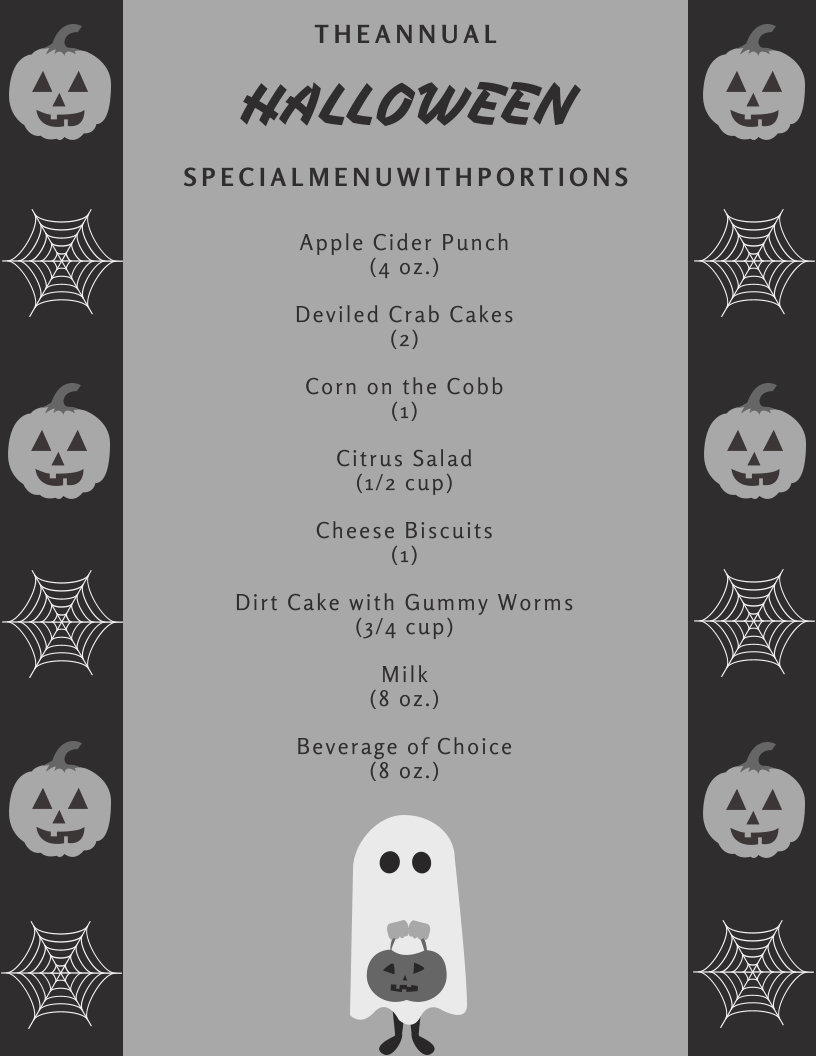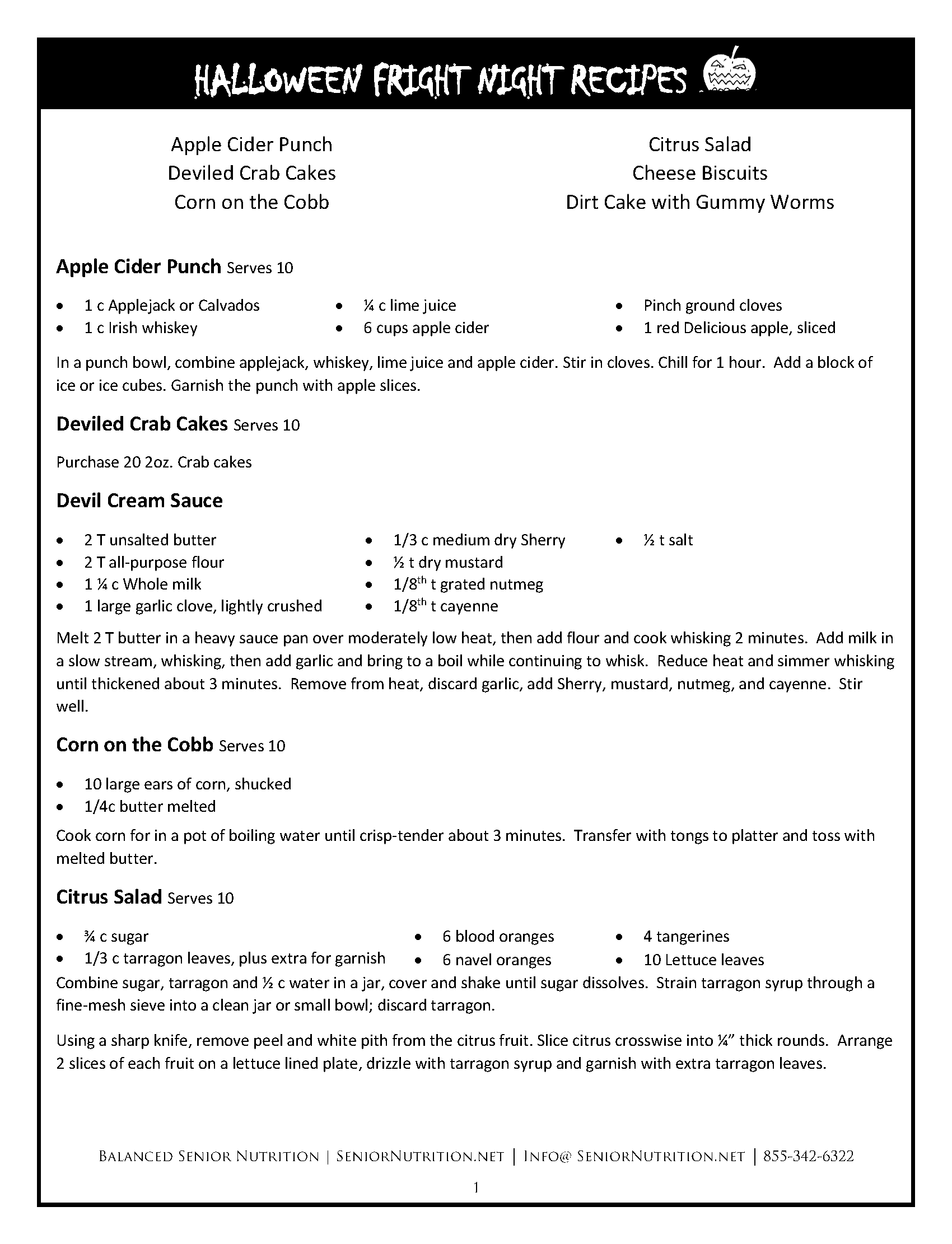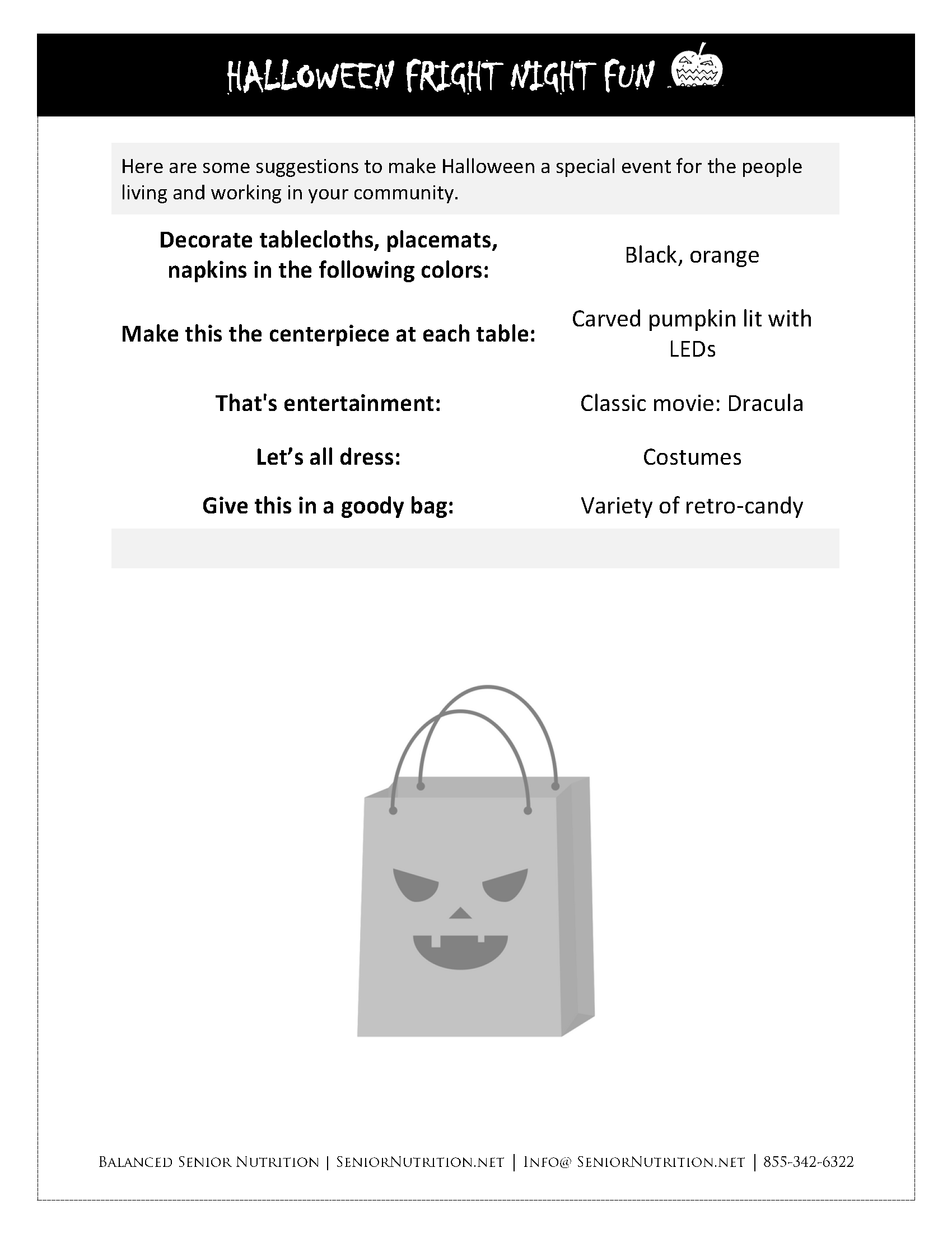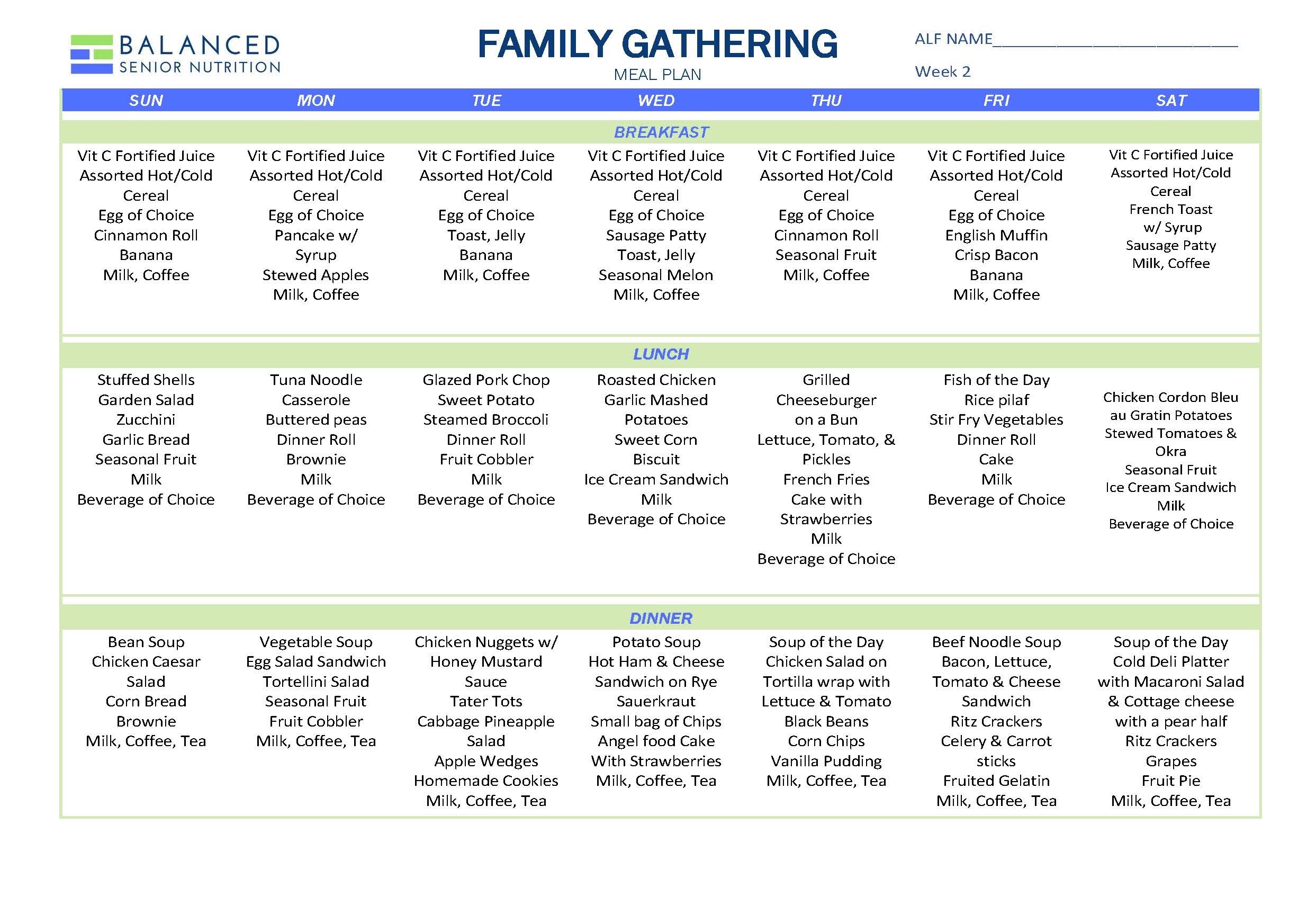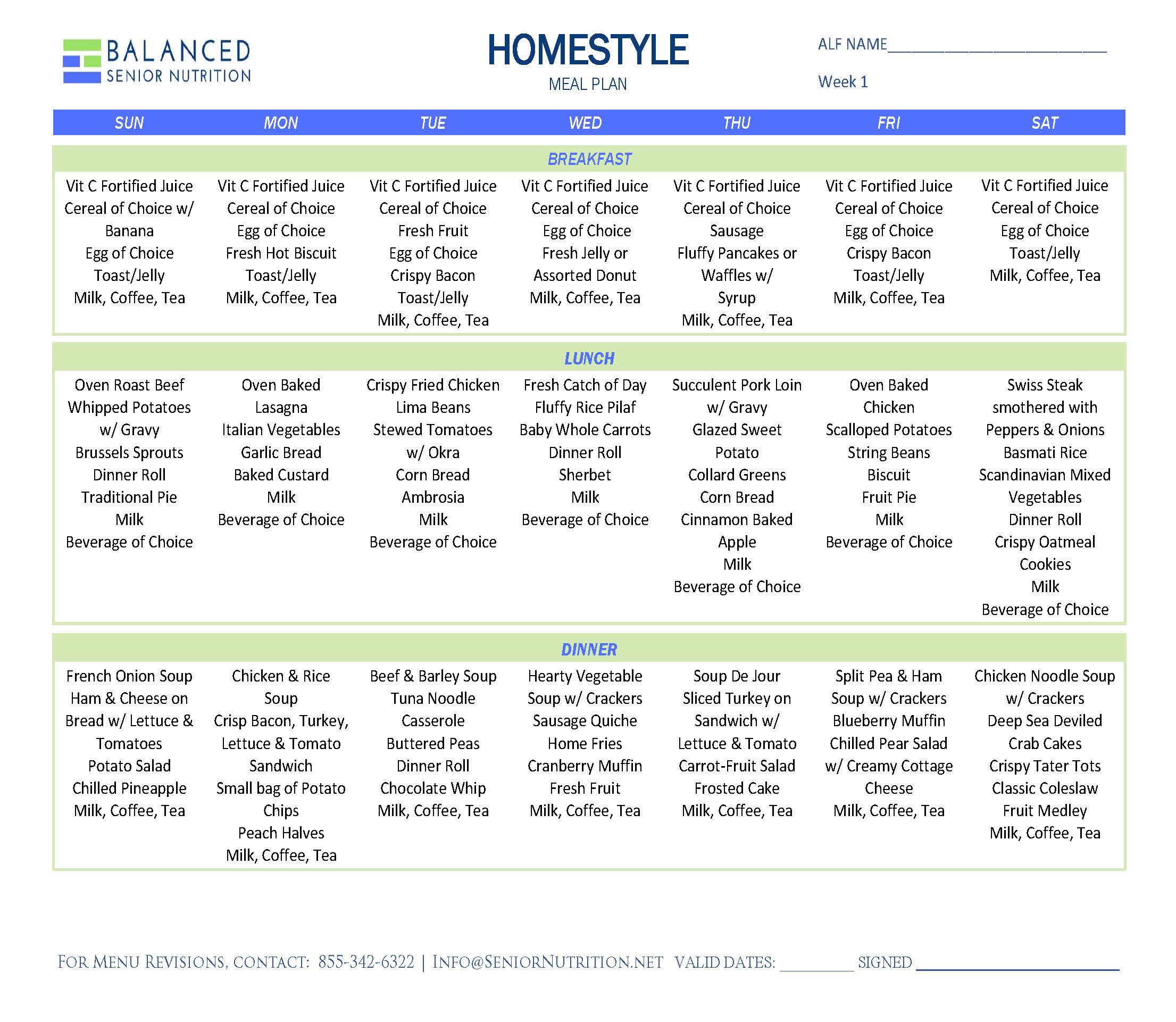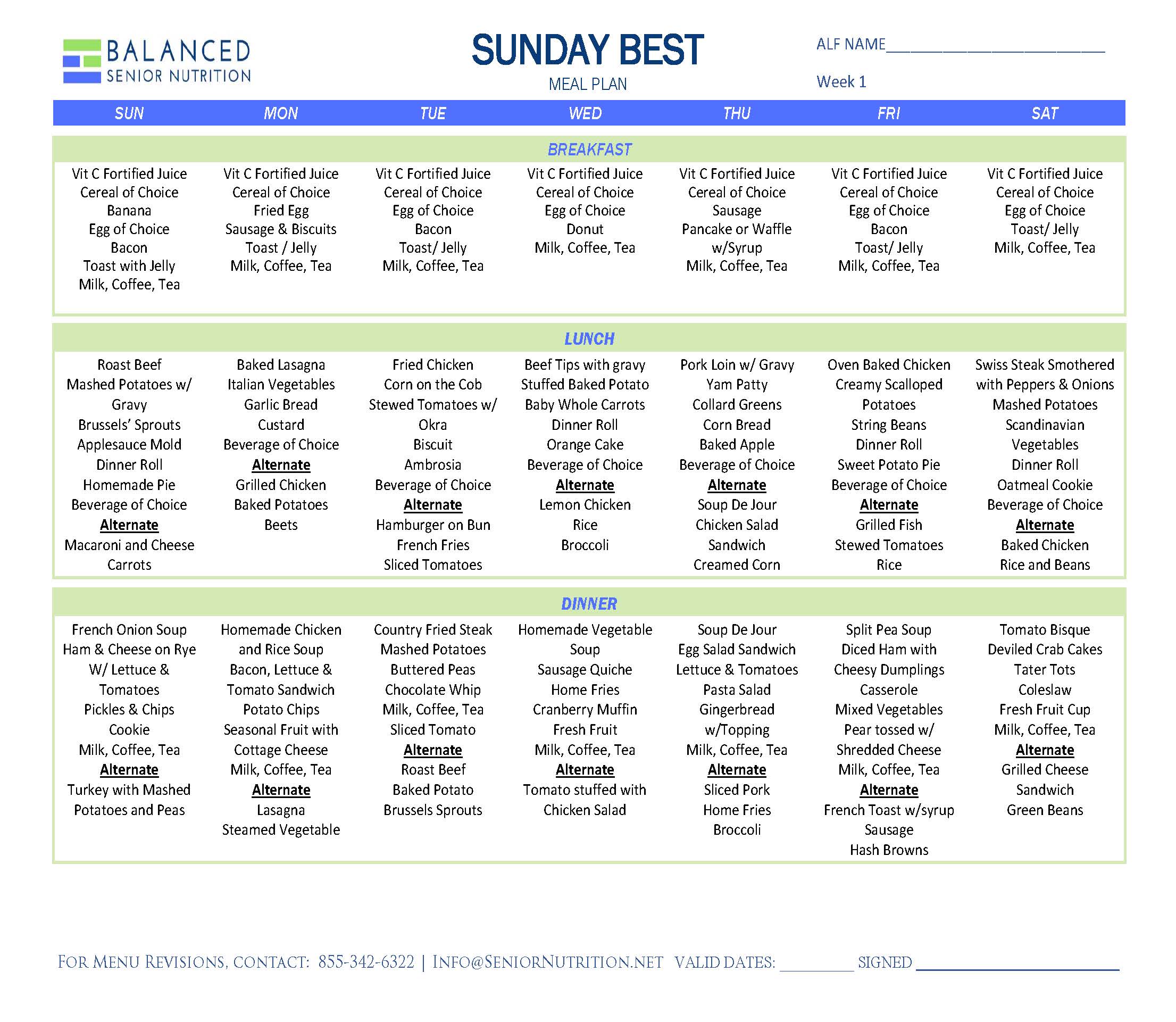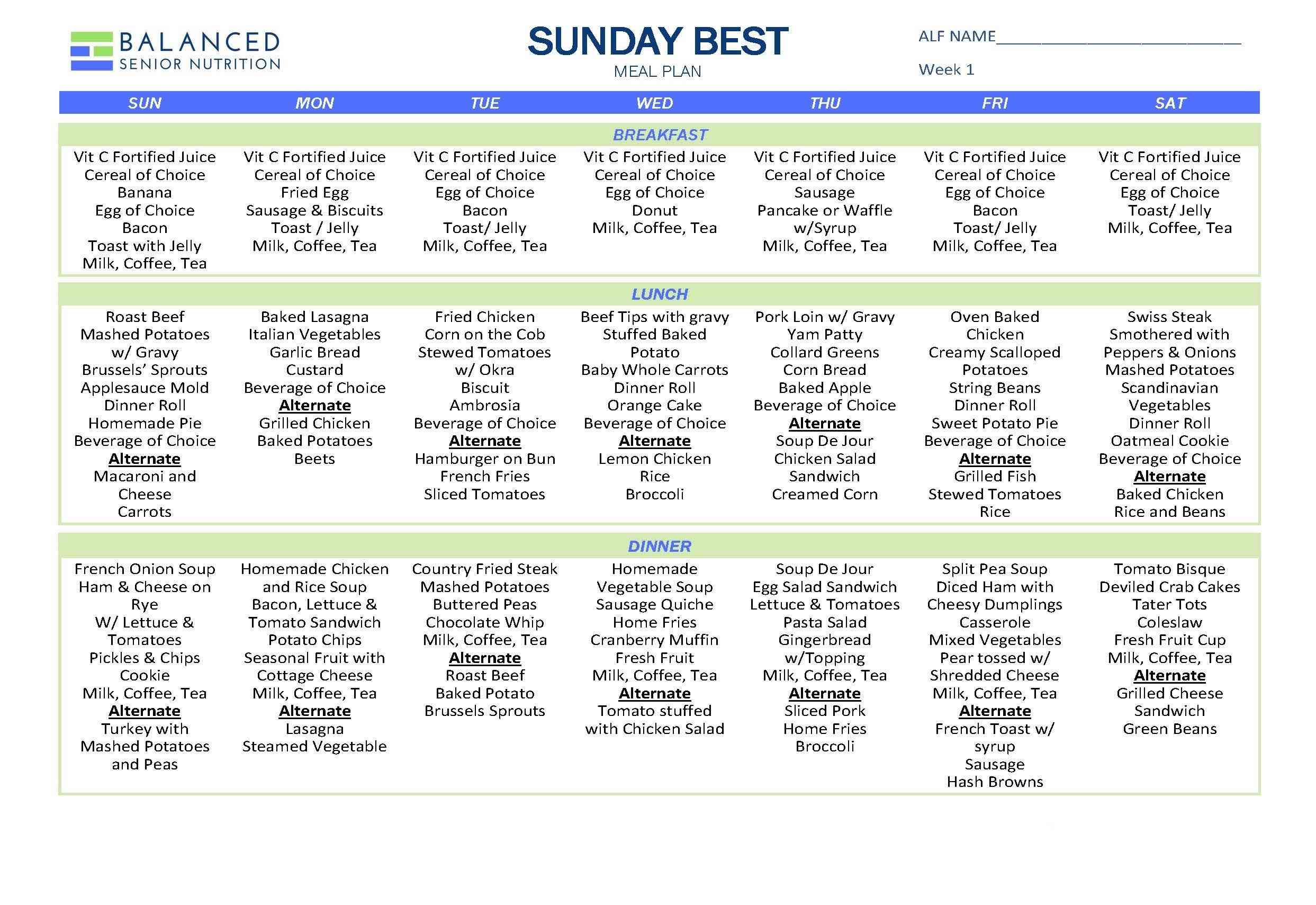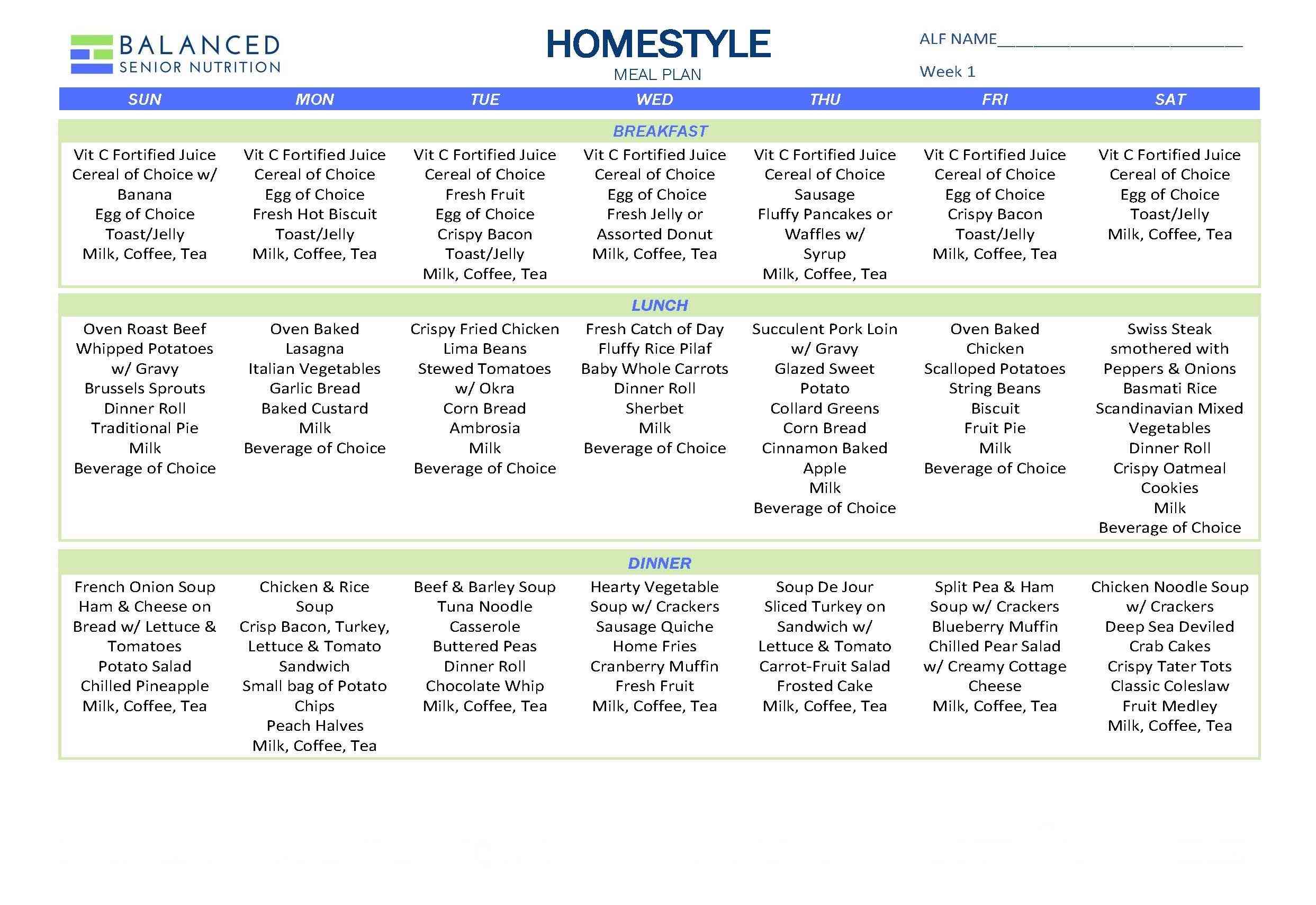Part One: The Boomers are Coming!
In this blog series, I and other members of our team will be interviewing Diane Hall, former administrator and a long-time advocate for person-directed dining practices. Diane has a unique perspective on the requirements in the new Final Rule from the Centers for Medicare and Medicaid Services and how those requirements will affect the Five-Star Quality Rating System with regard to person-centered care.
What do you think drove the changes to the CMS requirements that place the focus on resident’s rights, specifically the right to make an informed choice?
I think one of the main reasons that culture change is finally coming to long-term care is the coming wave of baby boomers that are going to be using skilled nursing homes and ALF’s for the next 15 to 20 years. These folks are savvier about their rights and expect their rights to be honored, much more than their parents ever did. Also, organizations like the Pioneer Network, Eden Alternative, Action Pact as well as professional associations such as The Society for Post-Acute and LongTerm Care Medicine. American Medical Directors Association (AMDA), The Academy of Nutrition and Dietetics, (AND), and others, have been pushing informed choice for years and their efforts have borne fruit.
What are the concerns of future clients?
Choosing where they want to live and making sure it’s more like home than an institution. They want to be in charge of their own lives. That means eating and drinking what they want, where they want and when they want. If they want to sleep in and have a bagel and coffee for brunch, they know it’s their right to do so and will demand the community arrange to have that happen.
When you say eating “what they want,” do you mean people who have restricted diets prescribed by a doctor can eat anything?
Good question. This is why CMS has placed such an emphasis on ‘informed choice’. It is now clear that the risks and benefits of any plan of care, including restricted diets, must be explained to the person prior to beginning a treatment plan. This whole issue is one of the reasons why my company created a manual that focuses on the issue of informed choice and individualized diet. We worked for a year and a half on the content, the procedures and the documentation tools that make it easier for care providers to discuss, document and develop approaches to meet the requirements for person-centered care. To answer your question more clearly, people can eat anything they want, as long as he or she is making an ‘informed’ decision.
What do you see are the biggest changes in CMS’s requirements?
I think the biggest change is the focus on the language referring to a resident’s right to be informed and the right to choose his or her own plan of care. To help sort it all out, we created What’s Changed? a guide to the new CMS Final Rule requirements as they relate to nutrition and dining services — since that’s our business. To highlight those changes referring to a more resident-directed approach, we italicized the text and made it red. It’s a real eye-opener to see how much red is on each page.
Can you give us an example?
Sure. I’ll give you one from Food and Nutrition Services. It’s F800 which used to read: “The facility must provide each resident with a nourishing, palatable, well-balanced diet that meets nutritional and special dietary needs.” Now let’s look at what changed – the italicized words. “The facility must provide each resident with a nourishing, palatable, well-balanced diet that meets his or her daily nutritional and special dietary needs, taking into consideration the preferences of each resident.” So, let’s break it down into the specific language. Notice how they added “his or her” to daily nutritional and special dietary needs. This points out that we are talking about individuals, not some generic group of people who have daily nutritional and special dietary needs. To further drive home the point that the focus should be on each individual living in the community, they added “taking into consideration the preferences of each resident.” Clearly, this demonstrates an emphasis on the resident’s right to choose.
So how do you see these changes affecting communities who don’t have person-directed dining practices in place?
This is where I will put on my administrators hat and look at it from a business standpoint. Failing to meet the requirements for the CMS Final Rule directly affects your CMS five-star quality rating system rank. And believe me, the baby boomers will be using the five-star rating system to make decisions about where they want to live. Also, these ratings are being used more and more by regulators, insurers and other payers as well as provider networks to select communities to build relationships with. In fact, I read where communities that don’t score at least a three-star rating may not even be able to obtain sufficient referrals or receive Medicare and Medicaid funding. In some areas, that could put a home out of business.
So, person-directed dining practices, the CMS final rule requirements, and the CMS five-star quality rating system all work together to create a welcoming environment that focuses on the individual and their personal preferences?
Right. If you have procedures in place to create person-directed dining plans and the documentation tools to discuss the risks, benefits and approaches to a resident’s dietary choices, you will meet the CMS requirements which leads to receiving excellent marks in the CMS rating system. If you think about it, all three are related to providing an informed choice to the resident.
What do you think is the first step to meeting CMS final rule requirements?
You need to evaluate where you are regarding the mandates for a more person-centered approach to dining services. Providing detailed assessments of a community’s dining practices as they relate to the new CMS requirements is one of the most important services that our company provides. We come in with a fresh set of eyes to conduct a thorough assessment of how your community is doing related to person-directed care. After completing the assessment, we process the information and give you a report card that shows what you’re doing right while targeting areas that need improvement. From there, you could choose to tackle the deficiencies on your own or if you don’t want to spend time and money reinventing the wheel, you can use preexisting plans for making person-directed dining happen in your community.
For clients with deficiencies who want quick action, we can roll out our program on informed choice based on our proprietary training manual. It is designed to get staff up to speed on making person-directed dining happen in their community, giving residents what they want to eat as safely as possible, while avoiding citations and legal action. The training also includes videos, helpful references, and ready-made documents that can get your staff started right away on providing residents with an informed choice on their meals and snacks.
What kind of ready-made documents are you talking about?
We start with handouts that inform residents about the changes to person directed dining and what to expect, as well as a letter from the medical director informing physicians about focusing on the new CMS requirements for person-directed dining decisions. We also have a step-by-step procedure to creating dining care plans, using our comprehensive documentation tool called Informed Choice Made Easy.
How does the tool work?
Informed Choice Made Easy is a form that takes the resident and his care team through the steps of making an informed choice when it comes to their meal plan. It asks the resident what is important to them when it comes to meals and snacks, especially those who are on restricted diets and want to explore a more individualized diet. That’s why the tool includes the current evidence based research on the risks, benefits and approaches to create dining plans that record that the resident is making an informed decision. The manual also has surveys and assessments designed to uncover problems in dining services so that you can develop performance improvement plans (PIP) to fix them. You can either create or obtain these documents from a manual that we have developed and tested for effectiveness.
Can you show us an example of one of those assessment tools?
I can do better than that. People can download our sample form at the end of this article.
Great. I’d like to continue this discussion focusing on the five-star rating system and how it can be affected by your dining services in next week’s blog.

